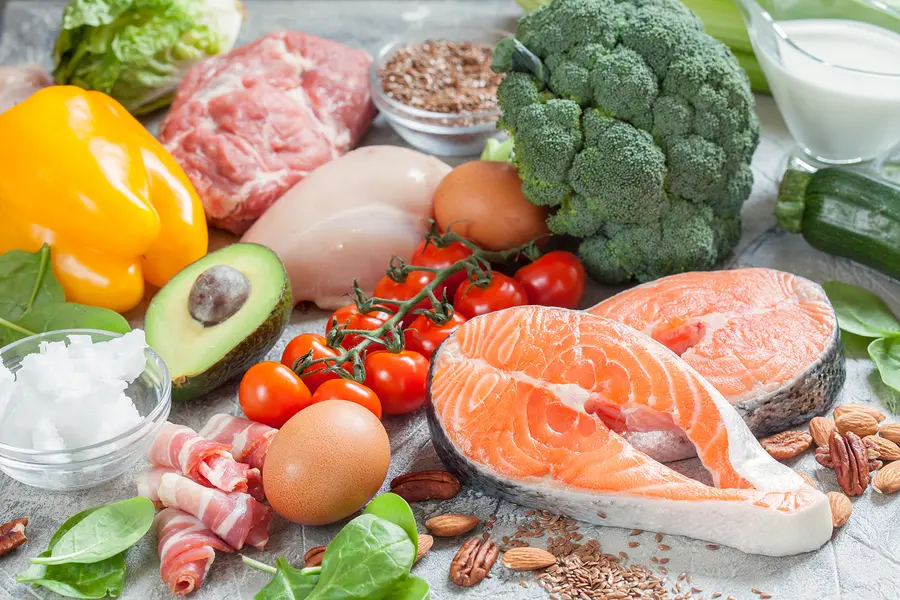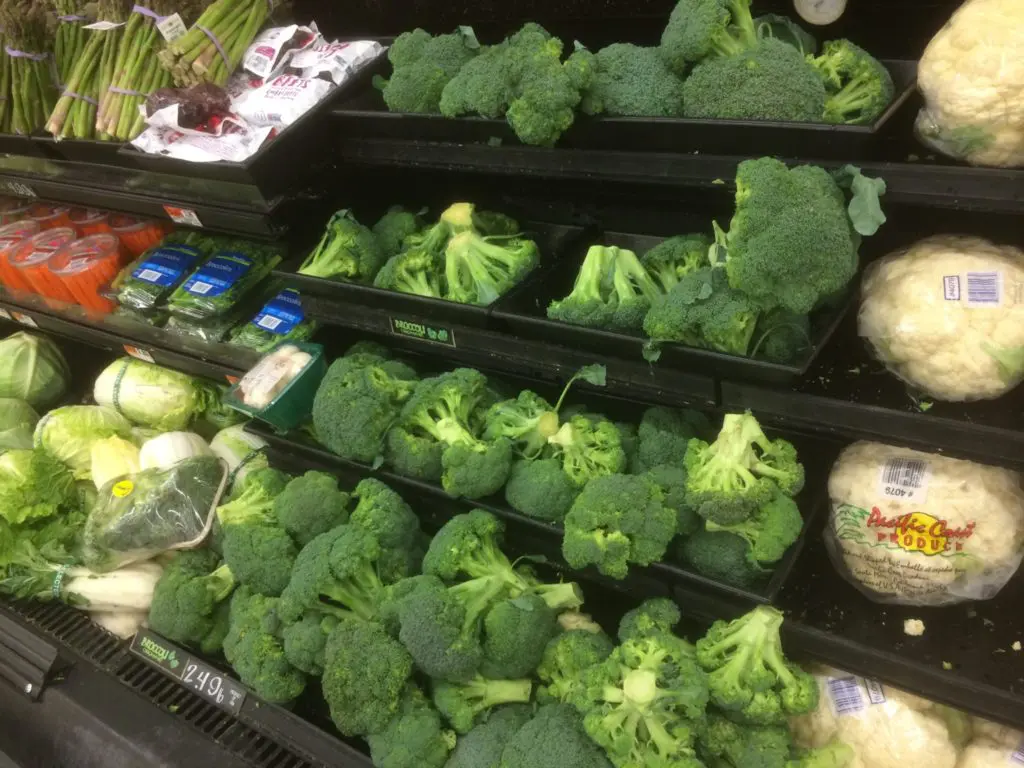 An estimated 160 million Americans are considered obese and approximately 1 out of every 6 Americans have tried one or more diets to shed those extra pounds. While you may be familiar with widely popular diets such as the Atkins, paleo or Mediterranean diet, one that has been under the radar until recently is the ketogenic diet.
An estimated 160 million Americans are considered obese and approximately 1 out of every 6 Americans have tried one or more diets to shed those extra pounds. While you may be familiar with widely popular diets such as the Atkins, paleo or Mediterranean diet, one that has been under the radar until recently is the ketogenic diet.
What is a Ketogenic Diet? How does it work? How do Ketogenic diets really work for weight loss?
A ketogenic diet is one focused on low carbs and high fats. Our main energy source is glucose which is derived from carbohydrates. When you deplete your body of carbohydrates, it will search for an alternative energy source. This forces your body to naturally burn fats instead of carbohydrates.
After several days of maintaining a high fat, low carb diet, your body will be thrown into a metabolic state called ketosis. During this phase, your liver will resourcefully take the fatty acids in the body and convert them into ketones. These ketones are then used for energy, thus shifting your body’s primary source for energy while burning fat. Most people reach ketosis anywhere from 2 days to a week after shifting into their ketogenic diet.
Benefits of a ketogenic diet
Besides weight loss, a diet high in fats and low in carbohydrates can provide for many benefits. These include the following:
- Helps prevent disease and fight cancer. The nature of the diet and the process that goes on within your body also naturally provides for a boost of energy.
- Your sleep will improve and you will rest better at night.
- You will see improvements in your blood pressure and blood glucose for better heart health.
- Better mood and mental clarity.
- Can help manage diabetes – those affected by this disease do not produce enough insulin which helps convert glucose for use in the cells. With ketogenesis, your body will burn fats instead of glucose.
- Decreased inflammation in the body. The anti-inflammatory effects help with a wide range of conditions and ailments including arthritis, acne and irritable bowel syndrome.
What to eat on a ketogenic diet
Ketogenic diets generally consist of 75% fat, 20% protein with the remaining 5% allotted for carbohydrates. Approximately 80-90% of your calories should come from fat and your carbohydrate intake should be restricted to approximately 20 to 30 grams a day.
Also, remember that not all fats are equal. There are good fats that should be consumed when on a ketogenic diet; these include saturated fats, monosaturated fats, polyunsaturated fats and naturally-occurring trans fats.
With this in mind, some main staples to incorporate into your ketogenic diet include the following:
Fish and shellfish. Salmon and mackerel have high levels of omega-3 fats, an essential fatty acid which provides for a good source of potassium and helps to reduce the risk of heart disease. They make for a great staple for your ketogenic diet.
Cheese. Rejoice, cheese lovers! Cheese often is not included on the rolodex of things you’re allowed to eat when you’re on a diet – in fact, it is usually consumed minimally. Get your calcium levels up and carb levels down with your choice of cheese. These high-fat foods can be indulged frequently on a ketogenic diet. Pro-tip: the harder the cheese, the less carbs they tend to have.
Eggs. This food is versatile in the sense that it can be prepared in several different ways and added to many dishes or served on its own. It provides a good amount of protein per serving size as well.
Nuts. Most nuts, besides walnuts, are high in healthy fats and monounsaturated fats. Walnuts are packed with monounsaturated fats which help lower cholesterol levels. Almonds have the highest levels of protein and pecans are the lowest in terms of net carbs.
Olive oil and coconut oil. Cook with coconut oil which has a mid-temperature smoke point and use olive oil for cold uses (salad dressing, dipping oil, etc.).
What should you avoid on a Ketogenic Diet?
The following foods should be eaten at a minimal level when on a ketogenic diet:
Fruits and Berries. Due to the high levels of naturally occurring sugars, most fruits should be eaten in small portions.
Chocolate. Most chocolates have high levels of carbs per serving. Opt for dark chocolate (90% or higher) to stay within your carb intake levels.
Low-fat foods. The goal is to increase your intake on high-fat foods. Foods marketed as low-fat tend to be high in sugar and carbohydrates as well.
A ketogenic diet can help you lose weight and provide for a wide array of benefits. Consult your Doctor to see if a ketogenic diet could be right for you.




